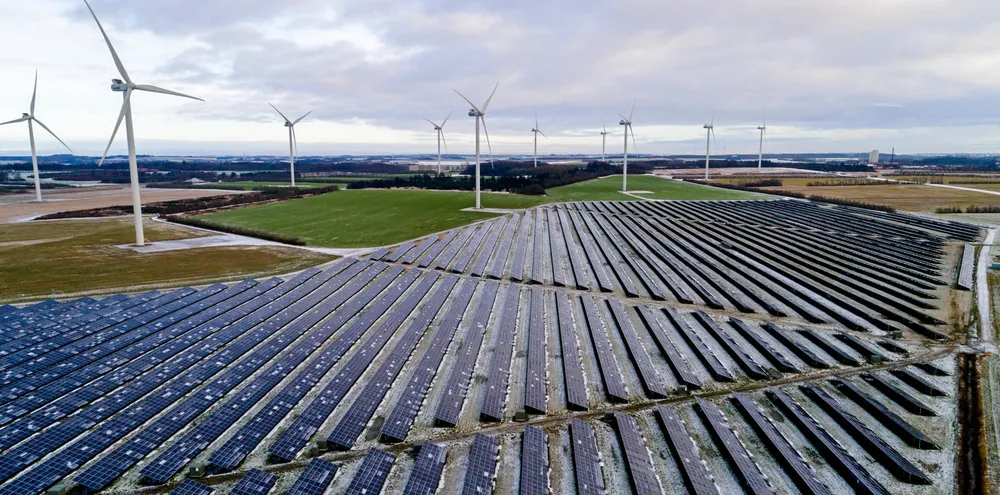Governments must focus 'enormous Covid stimulus' on energy transition to hit Paris goal
Five-point 'call to action' from DNV GL leads with recommendation of transformative policy support for renewables to help slow global heating

Five-point 'call to action' from DNV GL leads with recommendation of transformative policy support for renewables to help slow global heating
